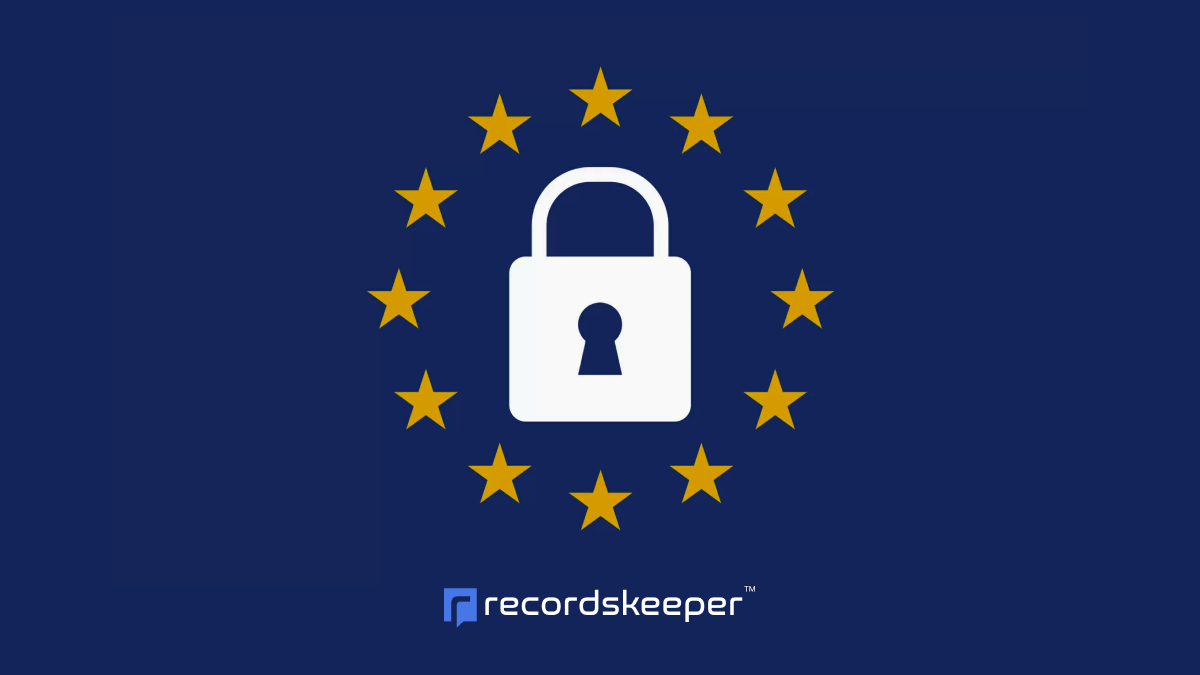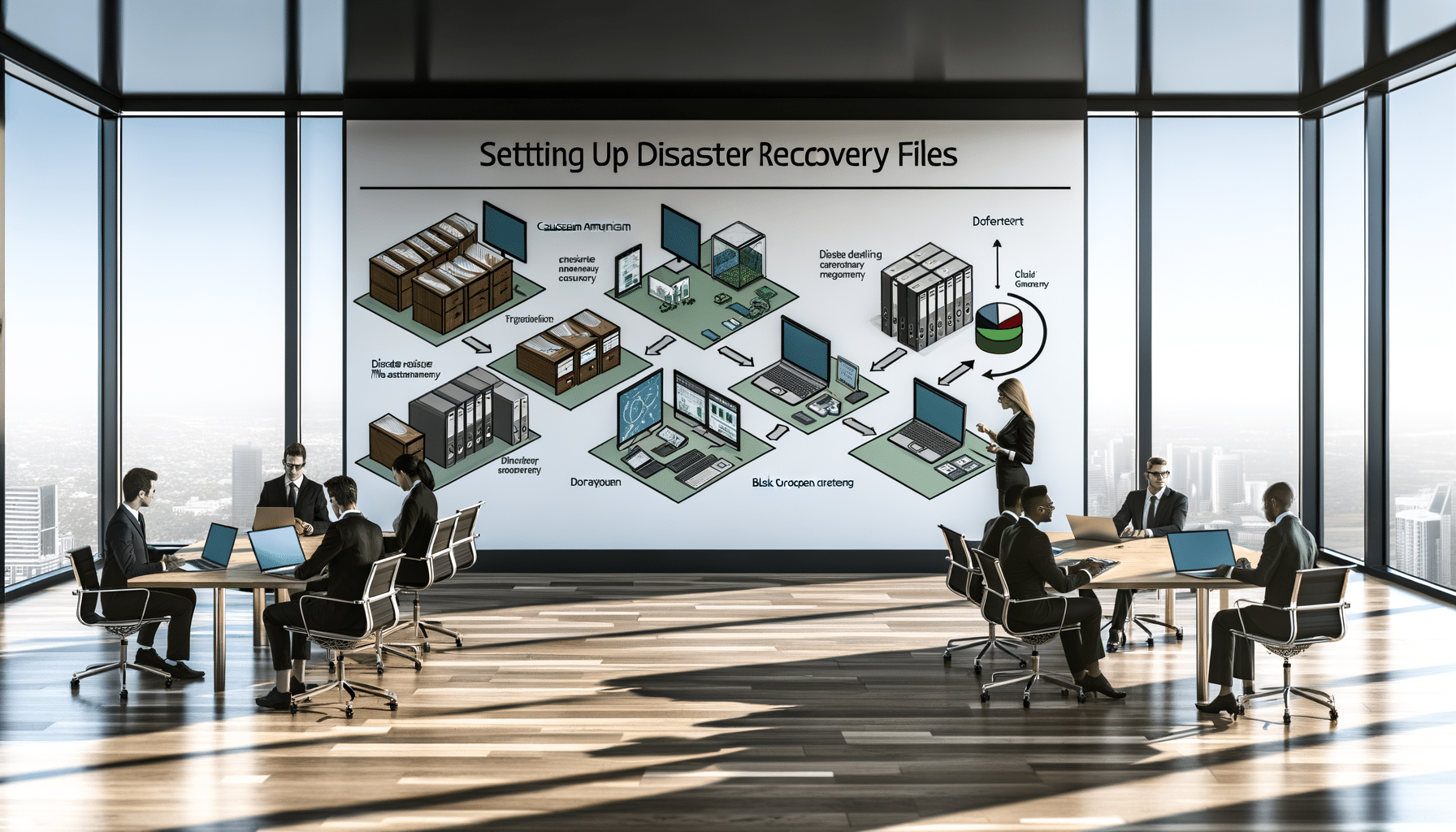- Risk Management
- July 28, 2024
How to Conduct a Risk Assessment for Public Sector Record Management

As someone who has been immersed in the world of records management through RecordsKeeper.AI, I understand the paramount importance of conducting thorough risk assessments, especially when it comes to public sector record management. Government records are not just documents; they are archives of public interest, history, and legal accountability. But with such critical data comes the equally critical responsibility of safeguarding it through well-conducted risk assessments. In this article, I will walk you through the essential steps to performing a comprehensive risk assessment specifically tailored for public sector records.
Understanding the Stakes
Public sector organizations hold vast amounts of sensitive and vital information, ranging from policy documents to financial records. A breach or loss can have catastrophic consequences, from privacy violations to legal repercussions and public distrust. Conducting a risk assessment is the first step in safeguarding these records.
Identifying Potential Risks
The first task in risk assessment is to identify all possible risks that could threaten the records. This involves evaluating both internal and external factors. Internal risks can include obsolete IT infrastructure, lack of employee training, or inadequate internal policies. External risks might factor in cyber-attacks, natural disasters, or legislative changes.
Internal Surveys and Interviews
Conducting interviews and surveys with internal staff can provide insights that automated systems may miss. Employees at various levels often have firsthand knowledge of process gaps and vulnerabilities.
External Threat Analysis
Keeping abreast of the latest cybersecurity threats and changes in legislation that can impact record management is vital. It’s essential to update your risk factors regularly to include any new threats.
Assessing Risk Impact and Likelihood
Once potential risks are identified, you’ll need to assess their impact and likelihood. This means answering the following questions:
- What is the potential impact on operations, finances, and public trust if a risk materializes?
- How likely is each of these risks to occur based on historic data and future trends?
Documenting these assessments will help prioritize risks that require immediate attention versus those that can be monitored over time.
Developing Risk Mitigation Strategies
After understanding the risks and their potential impact, the next step is to develop effective mitigation strategies. For public sector organizations, these strategies could include:
- Adopting robust data encryption methods.
- Implementing multi-factor authentication for record access.
- Upgrading IT infrastructure to meet current industry standards.
- Regular staff training sessions on data security best practices.
These steps are mainly preventative measures, focused on minimizing the likelihood of risk rather than handling its aftermath.
Implementing and Monitoring Controls
Implementing these controls doesn’t mean the end of the process. It’s equally important to monitor them consistently. Automated tools can help in real-time tracking of activities associated with the records. Regular audits should be conducted to ensure that compliance measures are upheld, conforming to the necessary regulations, including GDPR and HIPAA.
Periodic Reviews
A risk assessment is not a one-time task but an ongoing process. Regularly scheduled reviews will help adapt to new risks and modify controls accordingly. It’s a cyclical process that should be embedded in your organizational culture.
Documenting Your Assessment
One of the most critical aspects of a risk assessment is thorough documentation. Keeping detailed records ensures you can provide evidence of due diligence should your organization face a compliance review or audit. RecordsKeeper.AI can assist by automating the categorization, logging, and retrieval of these documents, keeping them organized and accessible.
Engaging Stakeholders
Government departments are multi-faceted, meaning that a successful risk assessment should involve input from various stakeholders. Collaboration ensures that all potential risks are addressed and that the risk management strategies have department-wide support.
Creating a Culture of Security
Risk management should be a shared responsibility across all levels of the organization. By fostering a culture that prioritizes data security and risk-awareness, risk assessments become more than an occasional task; they evolve into an intrinsic part of organizational ethos.
Conclusion
Conducting a risk assessment for public sector record management is not merely about identifying potential risks but also about creating a robust network of defense. By following these steps—from identification and impact assessment to continuous monitoring—governments can safeguard their records effectively. As the founder of RecordsKeeper.AI, I’ve seen how our platform transforms the daunting task of record management into an opportunity for enhancing security and compliance with modern solutions. If you’re seeking more insights or tools to revolutionize your approach to record keeping, I invite you to explore what we offer and follow along on this journey to more secure and reliable record management practices.
Toshendra Sharma is the visionary founder and CEO of RecordsKeeper.AI, spearheading the fusion of AI and blockchain to redefine enterprise record management. With a groundbreaking approach to solving complex business challenges, Toshendra combines deep expertise in blockchain and artificial intelligence with an acute understanding of enterprise compliance and security needs.
Related Posts

Achieving Perfect GDPR Compliance: A Financial Services Success Story
European Financial Trust (EFT), a global financial services company managing over $50 billion in assets, faced mounting pressure to ensure GDPR compliance across its vast network of client data and transactions. With operations in 15…
- January 15, 2025

Setting Up Disaster Recovery Files
Organizing critical records for emergency access.
- January 12, 2025
Archives
- January 2025
- December 2024
- November 2024
- October 2024
- September 2024
- August 2024
- July 2024
- June 2024
- May 2024
- April 2024
- March 2024
- February 2024
- January 2024
- December 2023
- November 2023
- October 2023
- September 2023
- August 2023
- July 2023
- June 2023
- May 2023
- April 2023
- March 2023
- February 2023
- January 2023
- December 2022
- November 2022
- October 2022
- September 2022
Want to get more content like this?
Signup to directly get this type of content to your inbox!!
Latest Post
Document Control for Equipment Maintenance
- January 20, 2025
Managing Records for Multiple Clients
- January 19, 2025
Handling Conference Documentation
- January 18, 2025
Setting Up Department Record Reviews
- January 17, 2025





